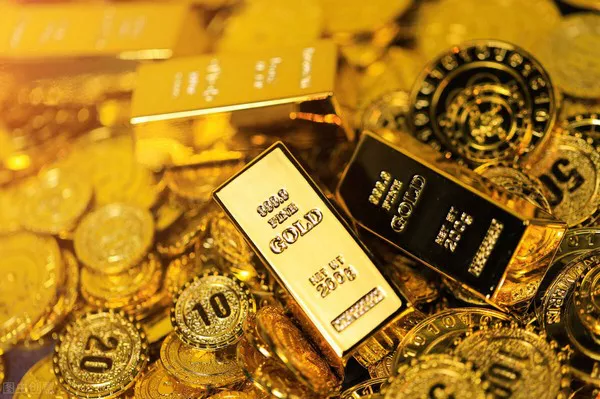With the allure of gold as a valuable and precious metal, it’s no wonder that counterfeiters often try to pass off fake gold as genuine. Whether you’re buying jewelry, coins, or bullion, being able to determine if gold is real is essential to avoid being duped. In this comprehensive guide, we will explore the easiest ways to tell if gold is real, providing users with practical methods to authenticate their gold items. By the end of this article, readers will have the knowledge and confidence to identify real gold with ease.
Understanding Real Gold vs. Fake Gold
Before we delve into the methods for identifying real gold, it’s crucial to understand the characteristics of genuine gold:
Purity: Real gold is typically measured in karats (K), with 24K gold being the purest form. Lower karat gold alloys contain a mixture of gold and other metals, such as copper or silver, to increase durability and hardness.
Density: Gold is a dense metal, meaning it has a high mass per unit volume. This density is one of the key characteristics that distinguishes real gold from counterfeit materials.
Color: Pure gold has a distinct, bright yellow color. However, lower karat gold alloys may exhibit slight variations in color depending on the metals used in the alloy.
The Easiest Ways To Tell If Gold Is Real
Now, let’s explore some simple and effective methods for identifying real gold:
Hallmark Stamp: Check for a hallmark stamp or karat mark on the gold item. Authentic gold jewelry and bullion are often stamped with markings indicating the karat purity, such as “24K” or “14K.” However, be aware that counterfeiters may also stamp fake gold items with markings to deceive buyers.
Magnet Test: Real gold is not magnetic, so a simple magnet test can help identify fake gold. Hold a strong magnet near the gold item—if it is attracted to the magnet, it is likely not real gold. Keep in mind that some counterfeiters may use non-magnetic metals coated with a thin layer of gold, so this test is not foolproof.
Density Test: Use a density test kit or a specialized gold testing solution to measure the density of the gold item. Real gold has a specific gravity of approximately 19.32 g/cm³, so comparing the item’s weight to its volume can help determine its authenticity.
Scratch Test: Real gold is relatively soft and malleable, so it will leave a visible mark when scratched against a ceramic surface, such as a porcelain tile. However, use caution with this method, as it may damage delicate gold jewelry.
Acid Test: Conduct an acid test using nitric acid or a gold testing solution. Real gold will not react to nitric acid, while counterfeit materials may produce a chemical reaction, such as discoloration or fizzing. Be sure to perform this test in a well-ventilated area and wear protective gloves and eyewear.
Conclusion
In conclusion, identifying real gold can be a straightforward process when armed with the right knowledge and tools. By familiarizing yourself with the characteristics of genuine gold and employing simple testing methods such as hallmark checks, magnet tests, density measurements, scratch tests, and acid tests, you can confidently determine if gold is real or fake. While no single method is foolproof, using a combination of tests can help verify the authenticity of gold items and protect yourself from counterfeiters. Whether you’re buying gold jewelry, coins, or bullion, knowing how to tell if gold is real is essential for making informed purchasing decisions and safeguarding your investments.

